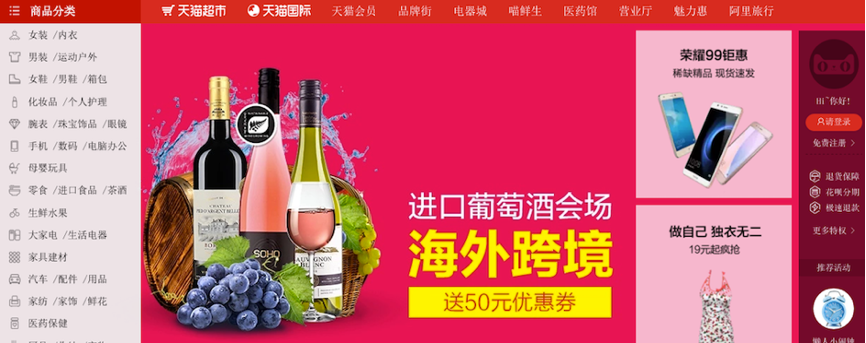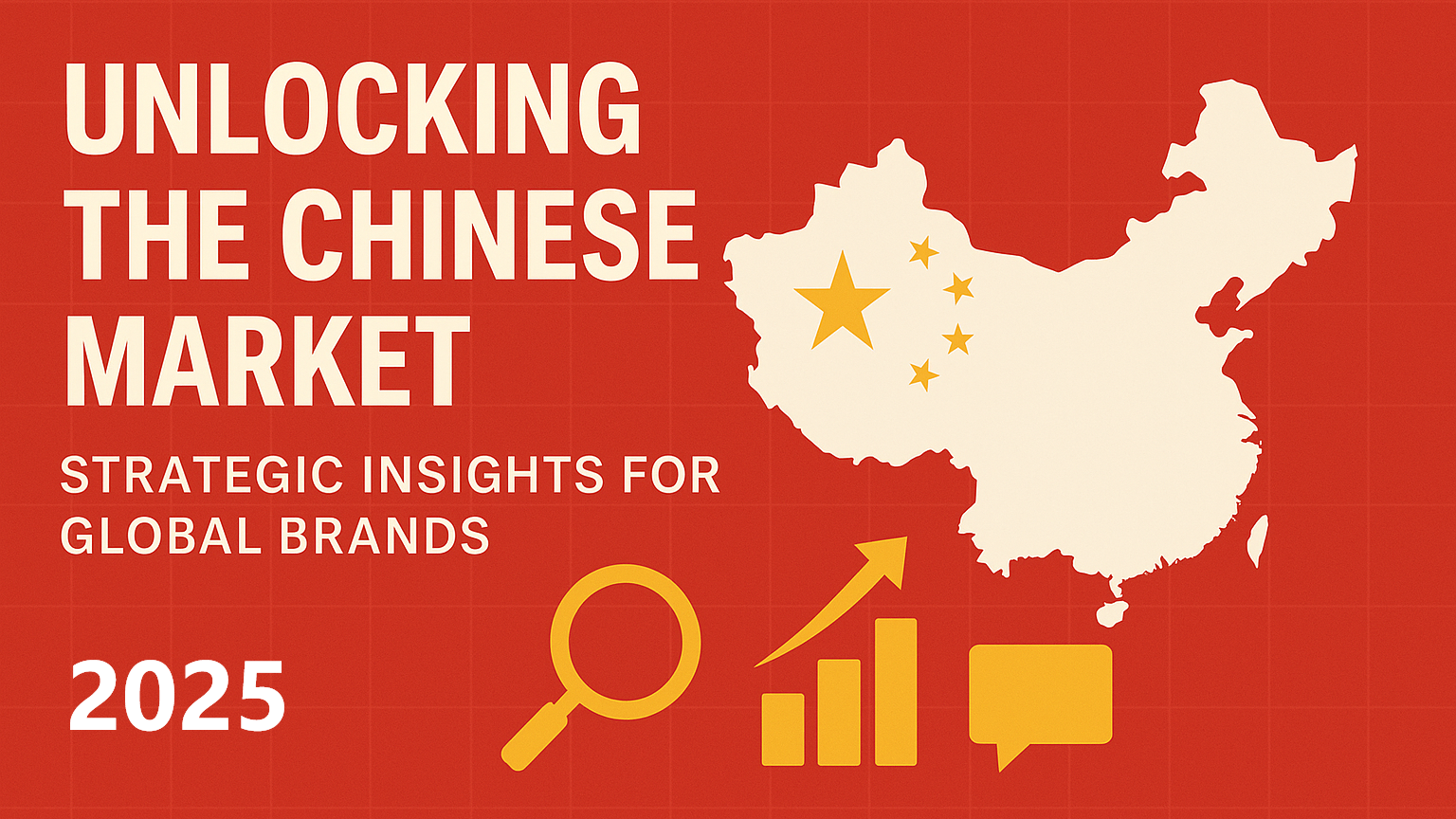
China’s online alcohol market has been recognised as the largest in the world, beating out mature markets such as the United Kingdom and France. In a big market full of niche products such as wine, China is among the most lucrative and fragmented markets in the world. China is the third-largest market for red wine consumption in the world, with the increasing number of red wine consumers, it is expected to surpass France in the coming year 2021, becoming the second-largest red wine consumption market in the world.
Wine is increasingly appreciated by Chinese consumers, who are slowly approaching a product that in 2016 still represented only 5% of total alcohol consumption. The potential, as shown by the increase in import volumes of 18% in 2017, is enormous. In terms of import value, the amount of Chinese wine imports in December 2018 was US$302.3 million with a year-on-year decrease of 23.3%.
Understand The Chinese Wine Consumer
The fundamental difference between competitors lies in the marketing strategy. Very often, the error committed by promoting products made in Italy, in general, is to assume that the products will sell for themselves. The problem lies in the china market is that the Chinese consumers might not be fully aware of the value of certain product categories.
How to Market Foreign Brand’s Wine in China?
The Chinese consumers are far different from the Western in the process of making choices and making a purchase. It is necessary to understand their cultural background and make sure the Chinese audiences were fully informed by the wine you are selling and localized your wine according to the market trend or Chinese culture in order to suit the Chinese’s preferences.
Branding is the MUST!
Branding is a crucial issue, not just for the world of wine but for any other foreign business brands in the market. If you want to enter the Chinese market, a brand cannot tap right into the market without marketing. A few years ago it was still possible to find an importer or distributor for their wines that were willing to promote them on the territory. However, the world today is impossible as the market is much more competitive and margins tend to fall.
Having a good reputation for your brand
The Chinese population read articles on specialized sites, visit forums on the topic, and take great care in reviews. Used to confronting themselves in a market full of counterfeits, they are very wary.
For this reason, it is important to pay attention to your online reputation if you want to do wine marketing in China. Before proceeding with the purchase, consumers are therefore used to carry out extensive checks on the winery, its products and what is said in the sector.
Digital Channels Are Important To Promote Your Wine
In order to make wine marketing in China, it is very important to know the various types of wine consumers and to position their products on the right market channels based on the target to be achieved. Chinese are very convinced that the wine is good, especially now that the baijiu (one of the most popular traditional alcoholic beverages in the country) is considered harmful to health, especially if it exceeds consumption during meals.
As a foreign brand, we need to be sensitive about the information feed to the Chinese consumers from time to time so we know what are the exact strategies to be used to make the consumers change their mind and support the brand.
Digital marketing is key to your success in promoting wine in China
The Chinese are much more open than us to new technologies. The most effective way to present a product is to resort to the use of videos or captivating photos, and this also applies to wines. Here are some examples:
Chapoutier: has published video content related to the history of its founder. The image return has been remarkable.
Moët & Chandon: focuses on the image and relies on designers for the splendid posters of its stores.
An e-commerce platform is a key to sell more for your brand!
Chinese e-commerce is booming especially in 2020. Tmall, one of the most popular platforms, in a short time has become a real giant and attracts millions of users. Usually, the wines distributed by Tmall are often produced by very popular brands, or they are “low-cost” products.
In the last period, however, they are gradually establishing other platforms specialized in online sales of wines such as yesmywine.com or winekee.com. Vertical channels, which recall conscious consumers, on which it is easy to find high-end products and great quality.
Wine and Social Network
Communication in China cannot be separated from social channels. As of the first quarter of 2020, about 904 million people had access to the internet in China, resulting in a fast-growing e-commerce market in the country.
Chinese people connect to the web to learn, chat and finalize purchases. It is therefore clear that a company interested in promoting its products must necessarily also be present on social networks.
The main social media channels are Weibo and WeChat. The important thing is to have an official account for foreign brands to be able to communicate through a language aligned with Chinese’s preferences and culture. To transform the followers to potential customers, marketers must work on engaging content to communicate brand to target audiences.
KOL’s Marketing in wine e-commerce
KOLs in China are indispensable figures for brand promotion. Popular figures with millions of followers, who existed in the Chinese social networks to advise the public what to use and buy following the trend. Xiaohongshu is a very popular platform for KOL’s marketing. Chinese consumers do not find direct sales annoying, indeed, they prefer more interactive selling methods, for example, live streaming selling. It is common to find some examples of KOL direct links to e-commerce of certain products they sponsor in different owned channels. Therefore, for a product that requires more brand awareness such as foreign brand wine, it is imperative to have a suitable testimonial that tells its value to the general public.






